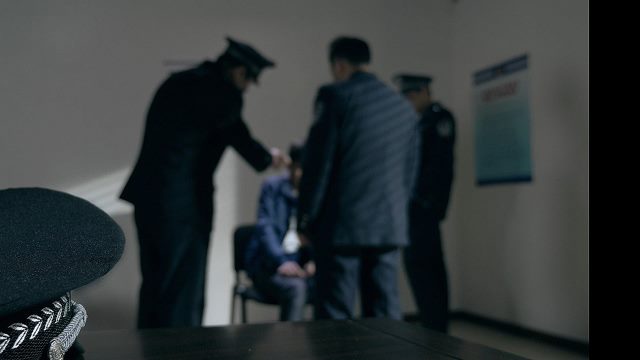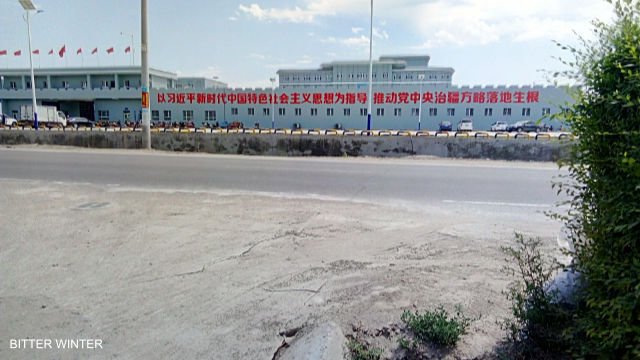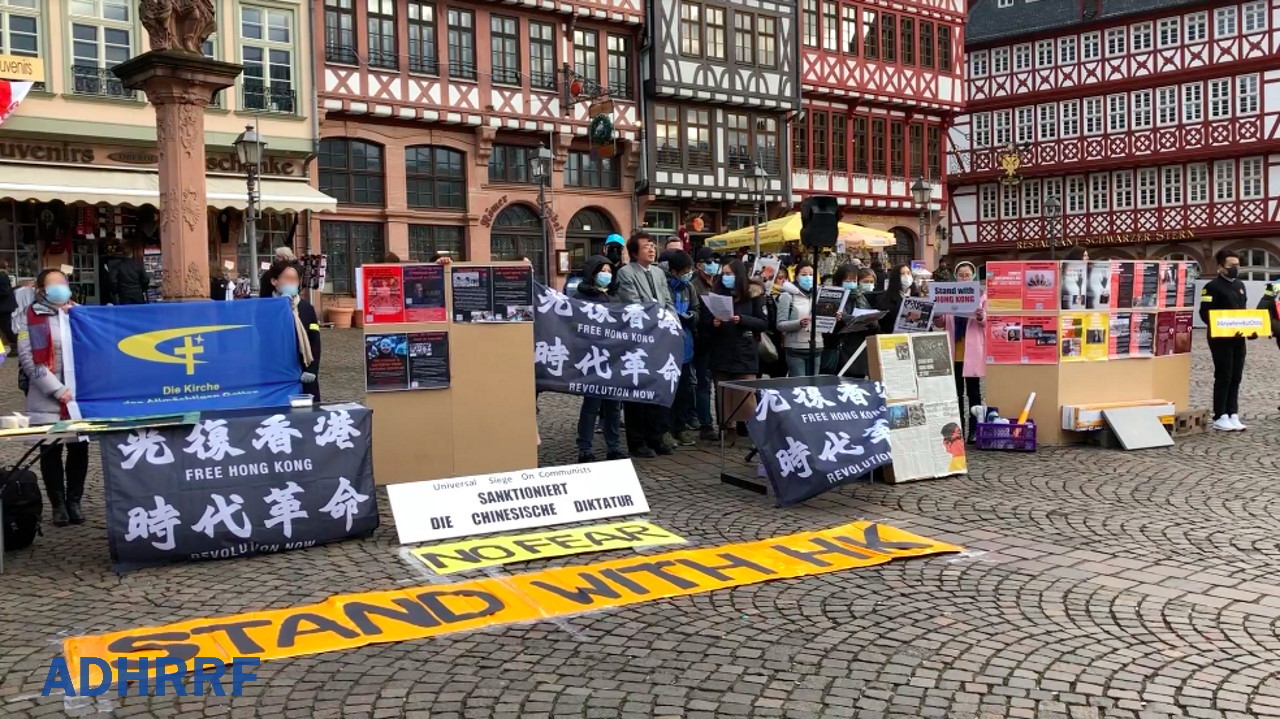To curb the development of Tibetan Buddhism and “hanify” it, the CCP intensifies suppression efforts by surveilling and indoctrinating religious adherents.

Youning Temple, a well-known Tibetan Buddhist temple in the Huzhu Tu Autonomous County in the northwestern province of Qinghai with a history spanning over 400 years, has played an important role in the area’s cultural and religious life. On orders from the government, more than 200 HD surveillance cameras were recently installed in the temple, with signs “You are in a surveillance area” displayed throughout the place of worship.

According to a monk from the temple, the government claimed that it ordered to install the surveillance equipment in the name of “protecting cultural relics.” But he interprets the move as yet another measure to supervise the temple’s activities and surveil the monks. “This is how the state controls religions,” the monk said.

HD surveillance cameras were also installed in every corner of Zhenzhu Temple in Guide county in Qinghai’s Hainan Tibetan Autonomous Prefecture. The monks in the temple have to regularly undergo government-organized training on new policies, laws, and regulations. A monk in the temple revealed that they were allowed to resume their religious activities only after a 10-day training class.
Opposite the Zhenzhu Temple is Qinghai Tibetan Buddhist College, newly built and funded by the government, where the Religious Affairs Bureau arranges all courses. The government provides free accommodations for the monks studying here and pays their tuition fees.

An elderly monk who has been studying here for two years told Bitter Winter that the Religious Affairs Bureau allows them to study mainly only law, history, and the Chinese language. He is not comfortable with the situation. He believes that monks should concentrate on cultivating their faith and studying scriptures.
After President Xi Jinping took office, he has been implementing measures aimed at “sinicizing” religions and ethnic minorities, making them adapt to the “socialism with Chinese characteristics” and accept the leadership of the CCP. Like Uyghur Muslims, other ethnic minorities in China, including Tibetan Buddhists, are being “hanified” as part of the “sinicization” policy. The government spares no money or effort to teach Tibetan monks Han culture and indoctrinate them with patriotism and other propaganda.
“China has already ‘hanified’ some ethnic groups, such as Manchu and Mongol,” a Han monk who has studied in a Tibetan temple for six years told Bitter Winter. “Now Uyghurs and Tibetans are persecuted, being ‘hanified’ gradually. The CCP aims at stopping the development of Tibetan culture and religion, cutting them at the root.”
To accelerate this process, authorities nationwide are intensifying efforts to eradicate Tibetan Buddhism, by destroying religious symbols and temples.

Two traditional Tibetan Buddhist towers, white with golden pinnacles, stand outside Jinding Temple in Baoji, a prefecture-level city in the northwestern province of Shaanxi. In May 2019, the government ordered the temple to paint the towers gray and replace other Buddhist symbols in the temple with slogans promoting the new Regulations on Religious Affairs and the core socialist values.
Video: Tibetan towers have been painted gray.
Source:BITTER WINTER /Yuan Wei




